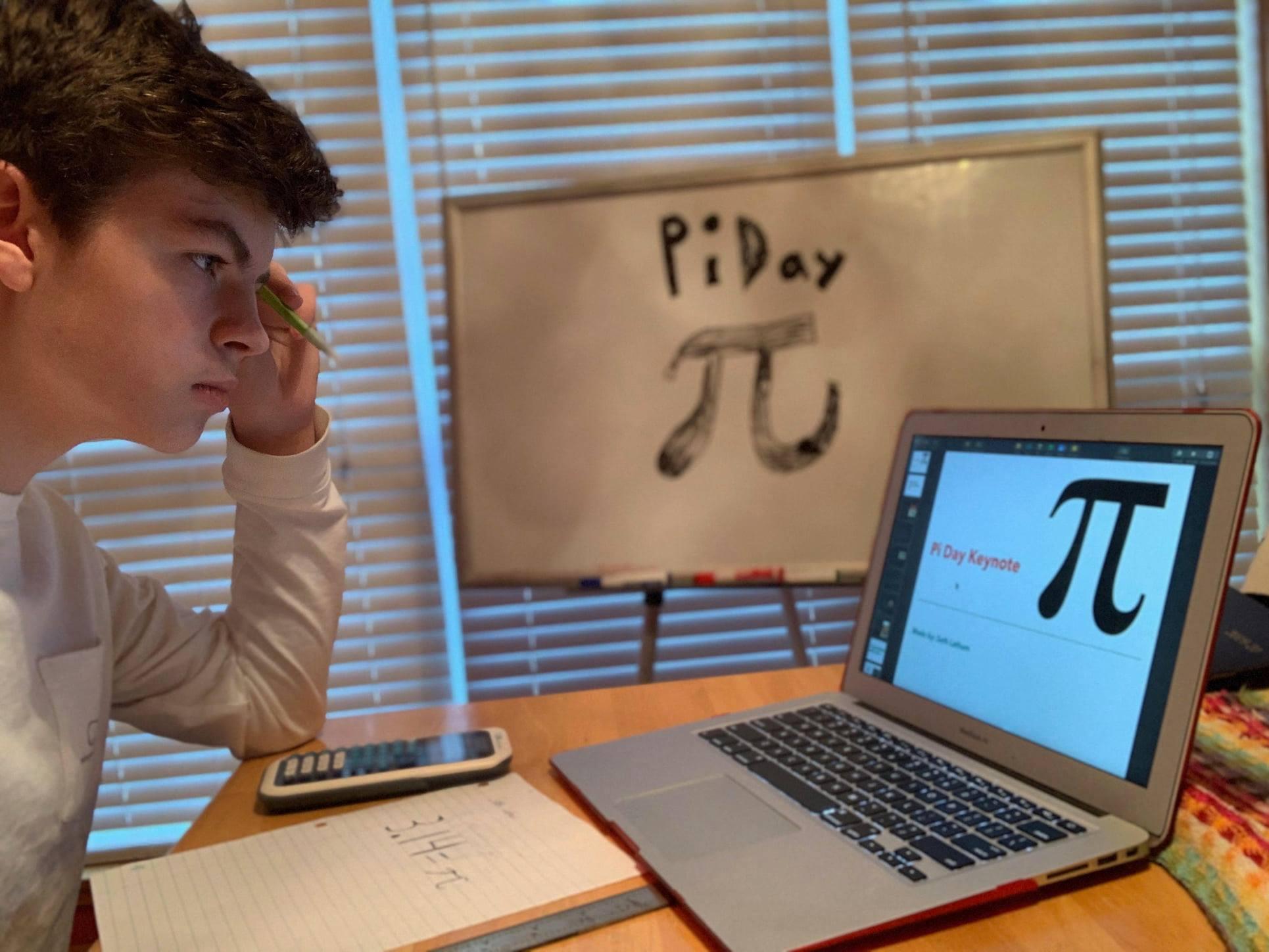
1 minute read
Mathematics

"Math may not teach me how to add love or subtract hate, but it gives me hope that every problem has a solution.
6th Grade Math 6th grade Math is designed to reinforce the student’s foundation in basic rational number skills and to also serve as a bridge to the foundation for success in Pre-Algebra, Algebra, and other higherlevel math courses. This is an engaging year in math for students, and instruction begins with the number theory necessary to master fractions and decimals. It then progresses through more advanced concepts such as exponents, order of operations, understanding negatives, algebraic expressions, one-step algebraic equations and inequalities, ratios, coordinate graphing, geometry (with the emphasis on 3-dimensional shapes), basic statistics, and probability.

Pre-Algebra APre-Algebra begins with the study of the classification of rational and irrational numbers. Students will learn to add, subtract, multiply, and divide positive and negative integers. These operational skills with negatives will then be used to simplify and evaluate algebraic expressions, equations, and inequalities. Progression to solving two-step and multi-step equations will follow. Students will also study ratios, proportions, and percent. Geometry covered includes plane geometry skills with an emphasis on angles and triangles, the relationship between area and circumference of circles, and 3-dimensional geometry skills with emphasis on volume and surface area. Statistics will include recognizing and developing statistical questions, as well as producing plots and graphs to illustrate data. Probability is also a component of this course..
Algebra 1 Algebra 1 will be introduced with an indepth review of pre-algebra and build on that foundation to introduce the new concepts in this course. This course covers: simplifying and evaluating expressions, solving equations and systems of equations, graphing linear equations and inequalities, factoring polynomials and operations of polynomials, statistical models, quadratic functions, and much more. At the conclusion of this course, students will be prepared for success in Geometry and Algebra 2.








